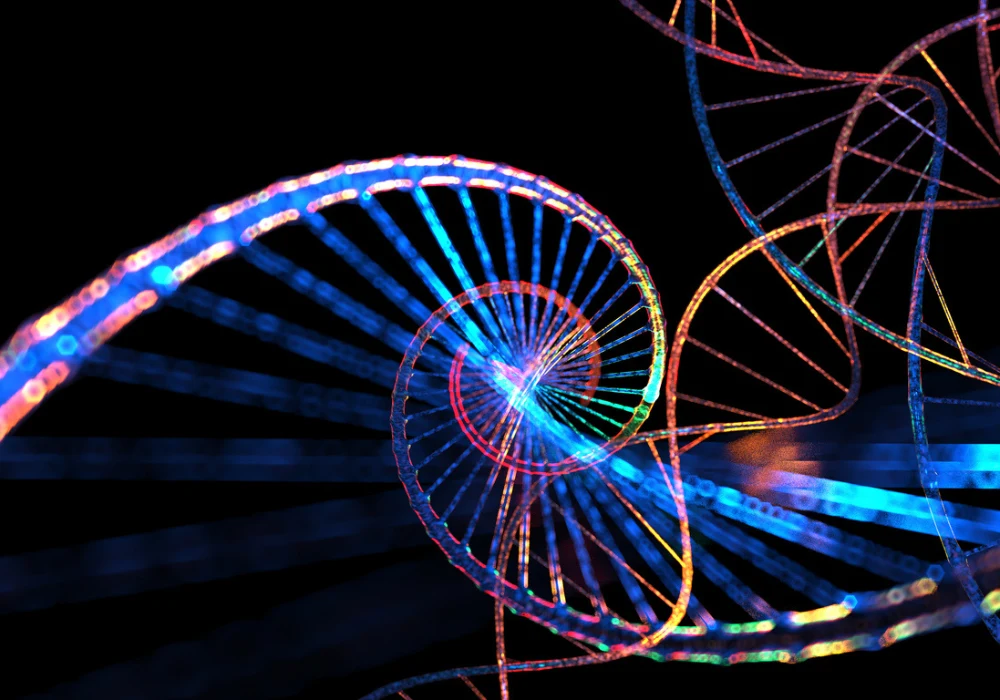Multiomics — the integration of various omics disciplines such as genomics, proteomics, metabolomics and others — is transforming how healthcare systems understand, detect and treat diseases. By drawing on multiple biological data sources, this approach enables a deeper analysis of the molecular mechanisms underlying human health and illness. As this approach becomes more prominent in clinical research and care, its success increasingly depends on advanced data processing technologies and robust digital infrastructure.
Multiomics as a Tool for Understanding Health and Disease
Multiomics refers to the combined analysis of two or more types of omics data, creating a comprehensive view of biological systems. These datasets include genomics (DNA-level analysis), transcriptomics (RNA transcription), epigenomics (modifications influencing gene expression), proteomics (protein activity), metabolomics (metabolite analysis) and microbiomics (microbial communities). Each omic layer reveals a different facet of cellular processes, and together they provide insights unattainable through single-discipline studies.
Must Read: Genomics in Action: The UK’s Initiative to Prevent Pandemics
This integrative approach is particularly useful for linking genetic variations to physical traits and functional changes. It underpins the development of precision medicine, allowing treatments to be tailored to individual biological profiles. For instance, combining transcriptomic and metabolomic data can reveal the pathways affected in a disease state, supporting both diagnosis and therapy design. By offering a more complete biological picture, multiomics allows healthcare providers to adopt more targeted, patient-specific interventions that may improve outcomes and reduce adverse effects.
Technology Enabling Multiomic Analysis
Several technologies support the extraction, sequencing and processing of multiomic data. Next-generation sequencing enables rapid DNA or RNA sequencing, while mass spectrometry identifies proteins and metabolites. Single-cell sequencing delivers high-resolution cellular insights, and artificial intelligence and machine learning are applied to analyse complex datasets and uncover patterns.
These technologies play a key role in supporting large-scale research efforts. For example, the Cancer Genome Atlas programme generated over 2.5 petabytes of genomic, epigenomic, transcriptomic and proteomic data, contributing to better cancer classification and treatment strategies. During the COVID-19 pandemic, multiomic studies helped researchers understand varying disease severity by analysing immune and metabolic profiles. In rare disease diagnosis, multiomics has revealed mutations in previously undiagnosed conditions. Predictive models powered by multiomics have also identified biomarkers for conditions such as type 2 diabetes, years before symptoms arise.
Infrastructure, Integration and Ethical Challenges
Despite its potential, the practical implementation of multiomics in healthcare is not without barriers. One of the most prominent is data integration. Different omics datasets have unique formats and structures, requiring complex computational tools to harmonise them into a unified analytical framework. These processes are still evolving and often require considerable resources in terms of time and expertise.
The effective use of multiomics also depends on robust infrastructure. Laboratories and hospitals need high-performance computing systems, reliable data storage and standardised workflows to manage and process large volumes of biological information. While such tools are becoming more sophisticated and affordable, the costs remain significant, particularly when scaling up for widespread clinical use.
Regulatory complexity further complicates implementation. As multiomics combines several technologies and methods, it falls under various regulatory regimes. Clinical compliance involves aligning not only with the rules governing individual omics fields but also with those relevant to sequencing platforms and data analysis methods. Solutions like GLUE, a tool that supports the integration of multiple data types, are helping to align outputs with regulatory expectations.
Equally important are the ethical considerations that arise from the use of highly sensitive biological data. Multiomic analyses involve collecting and processing extensive patient information, making data privacy and informed consent critical. Maintaining confidentiality and securing this data against misuse are pressing challenges. Emerging technologies like blockchain may offer more secure methods of storing and sharing such data, but clear ethical frameworks are still needed to support responsible use.
Multiomics is opening new pathways in healthcare by linking biological insights with disease prevention, diagnosis and treatment. Its successful implementation relies not only on scientific progress but also on the digital tools and systems that make data integration and analysis possible. From sequencing technologies to AI-enabled interpretation, and from infrastructure requirements to ethical safeguards, multiomics represents a convergence of biology and information technology.
Source: Healthcare Transformers
Image Credit: iStock










